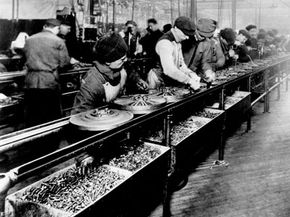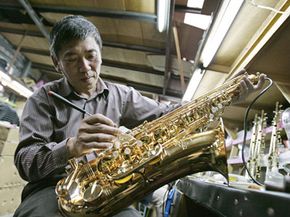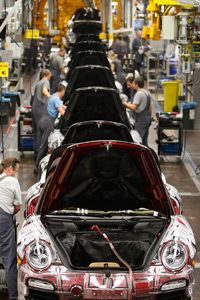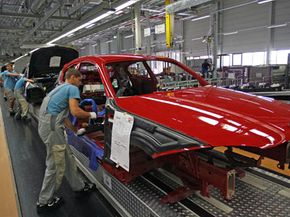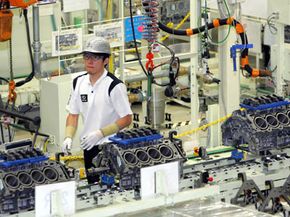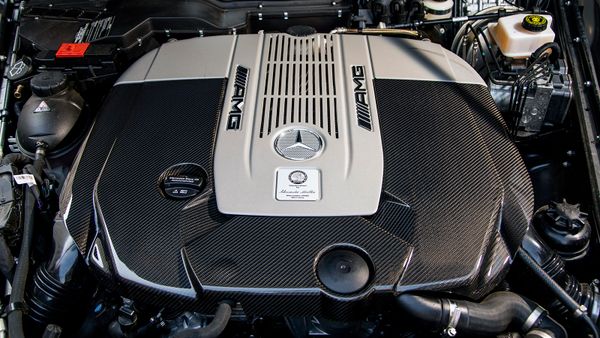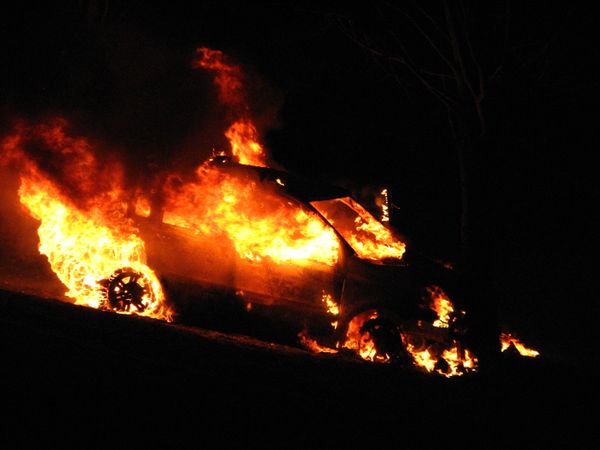If you need something nowadays, typically it's pretty easy to get. You simply hop in the car, hit up Target or Wal-Mart, and in a little while you have what you need. You don't really need to think about how it's made, although the production method commonly used — assembly lines — is pretty fascinating.
But even if you worked at the factory that produced whatever it is you bought, chances are you might not have a complete understanding of how the entire product was made. That's because on assembly lines, workers assemble or produce just one part of the whole product. In many cases, they only work on that one part, day after day or even year after year. So, while someone may work for many years at a plant that builds a specific product, they might never have a complete understanding of what it takes to build that product from start to finish.
Advertisement
While all assembly lines are interesting, in this article we're going to explore automotive production lines. You'll learn the basic principles behind an automotive production line and the web of jobs that are tied to them. We'll also explore how the American economy changed as people moved from farm or craftwork to production line work. And later, you'll read about the most recent innovations in automotive production, including companies that mass produce cars without using traditional production lines, and even a few car companies that still hand-build cars.
